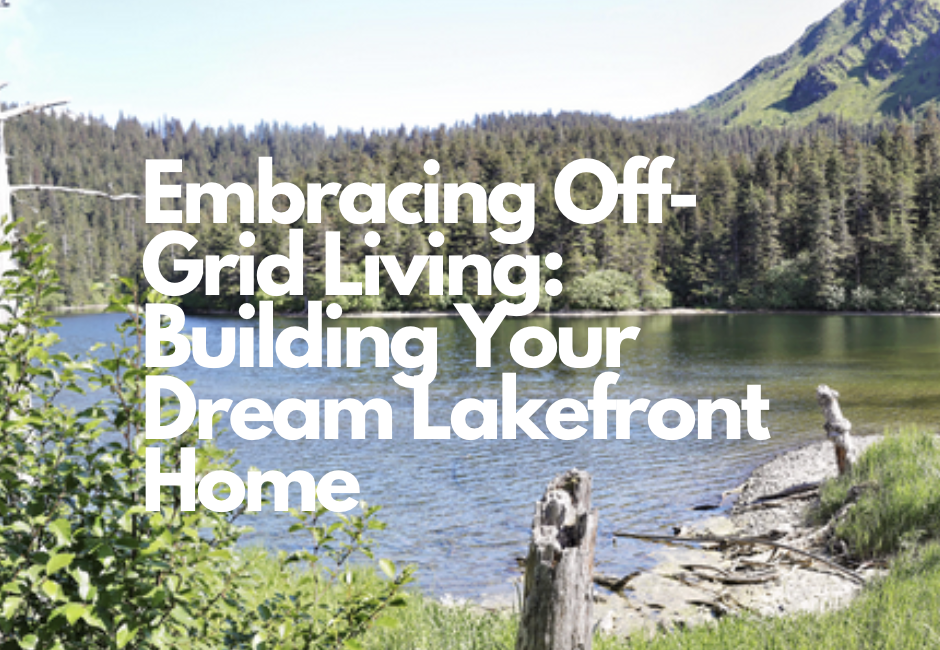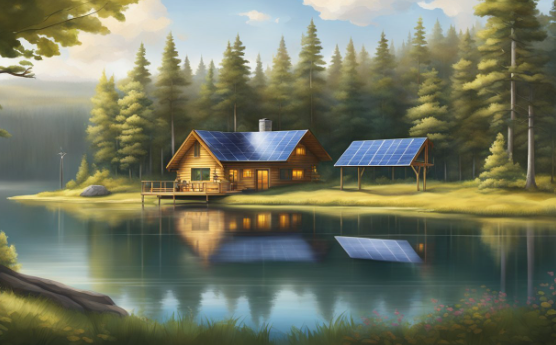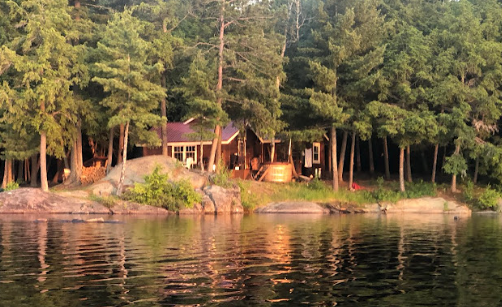
Living off-grid has become a popular lifestyle choice for those seeking independence, sustainability, and a deeper connection with nature. Imagine waking up to the serene beauty of a lakefront view, surrounded by nothing but the sounds of birds chirping and waves gently lapping against the shore. Building an off-grid lakefront home offers the opportunity to create a sanctuary that harmonizes with the environment while providing all the comforts of modern living. In this guide, we’ll explore the steps and considerations involved in designing and constructing your dream off-grid retreat by the water’s edge.
Choosing the Right Location
The first step in building an off-grid lakefront home is selecting the perfect location. Considerations such as accessibility, land topography, sun exposure, and water access are crucial factors to weigh. Conduct thorough research on local regulations, environmental impact assessments, and any zoning restrictions that may affect your building plans. Additionally, assess the feasibility of renewable energy sources such as solar, wind, or hydroelectric power based on the site’s characteristics.
Designing Sustainable Structures
When it comes to off-grid living, sustainability is key. Opt for Eco-friendly building materials and construction techniques that minimize environmental impact and maximize energy efficiency. Incorporating passive solar design principles, such as strategically positioning windows for optimal sunlight exposure and using thermal mass to regulate indoor temperatures, can reduce the need for heating and cooling systems. Furthermore, consider utilizing reclaimed or locally sourced materials to reduce carbon footprint and support the local economy.

Off-Grid Energy Solutions
Off-grid living requires a reliable energy source to power your home’s electrical needs. Solar power is one of the most popular options for off-grid homes, harnessing the sun’s energy through photovoltaic panels. Evaluate your energy requirements and design a solar power system tailored to your specific needs, including battery storage for nighttime or cloudy days. Supplementing with wind turbines or micro-hydro systems can provide additional energy generation options, especially in regions with varying weather conditions
Water Supply and Treatment
Access to clean water is essential for off-grid living, especially in a lakefront setting. Depending on local regulations and the lake’s water quality, you may need to implement a water filtration and treatment system to ensure potable water for drinking and household use. Rainwater harvesting systems can supplement your water supply, collecting runoff from rooftops and directing it to storage tanks for later use. Implementing water conservation measures such as low-flow fixtures and greywater recycling can further reduce water consumption and environmental impact.
Waste Management Solutions
Proper waste management is essential for maintaining the pristine beauty of your lakefront property. Implementing composting toilets or Eco-friendly septic systems can minimize the environmental impact of human waste disposal while preserving water quality. Designate areas for composting organic waste and recycling materials to reduce landfill contributions. Additionally, explore alternative waste disposal methods such as incineration or biomass conversion for managing non-recyclable waste responsibly.
Creating Sustainable Landscapes
Enhance the natural beauty of your lakefront property by designing sustainable landscapes that blend seamlessly with the surrounding environment. Select native plant species adapted to the local climate and soil conditions to minimize water consumption and maintenance requirements. Incorporate permaculture principles such as rain gardens, swales, and food forests to promote biodiversity, soil fertility, and ecosystem resilience. Implement erosion control measures to protect the lake’s shoreline and prevent sediment runoff into the water.

Off-Grid Living Lifestyle
Living off-grid offers a unique opportunity to reconnect with nature and embrace a simpler, more sustainable way of life. Take advantage of the recreational opportunities provided by your lakefront location, such as swimming, fishing, kayaking, and wildlife observation. Cultivate a sense of self-reliance by growing your own food, preserving harvests, and honing homesteading skills. Embrace the community of like-minded individuals who share your passion for off-grid living, whether through online forums, workshops, or local sustainability initiatives.
Conclusion:
Building an off-grid lakefront home is a rewarding journey that requires careful planning, innovative design, and a commitment to sustainability. By harnessing renewable energy sources, implementing water and waste management solutions, and embracing a self-sufficient lifestyle, you can create a sanctuary that not only harmonizes with nature but also enriches your quality of life. Whether you’re seeking solitude and serenity or community and connection, an off-grid lakefront home offers endless possibilities for living in harmony with the land and water that surround you.
Posted by Scott Freerksen “The Lake Guy”
